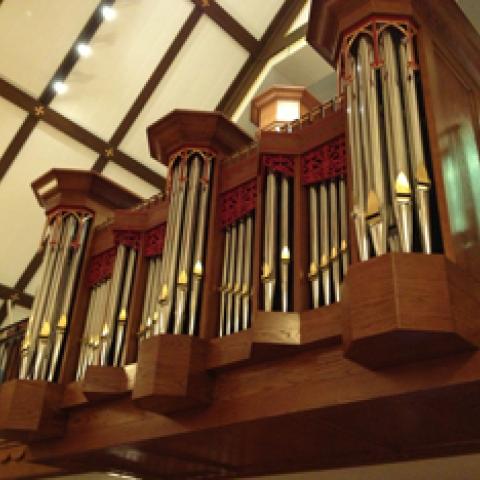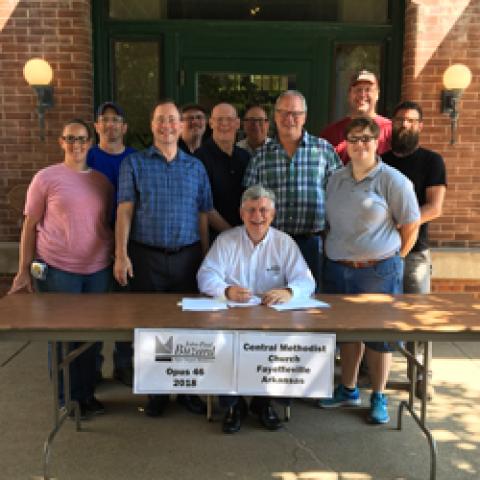
John-Paul Buzard Pipe Organ Builders announces the addition of live streaming videos to its website, www.buzardorgans.com. The videos coordinate with the “Seamless” theme of Buzard’s print advertisements, which appear in The American Organist, THE DIAPASON, and Choir and Organ. “Seamless Voicing & Tonal Design” demonstrates how seamless crescendos and diminuendos may be accomplished on Buzard organs. “Seamless Engineering & Silent Wind” demonstrates how quiet the wind systems in Buzard organs are and shows how wooden wind trunks weave themselves seamlessly around the building’s structure. “Seamless Visual Design” offers the viewer a “Virtual Organ Crawl” through Buzard’s Opus 39 organ at Hayes Barton United Methodist Church in Raleigh, North Carolina. Views of the organ cases and interior are accompanied by SALZBURG and EVENTIDE. In coming weeks a video highlighting the Buzard company’s service department projects and personnel, “Seamless experience,” will be uploaded.




